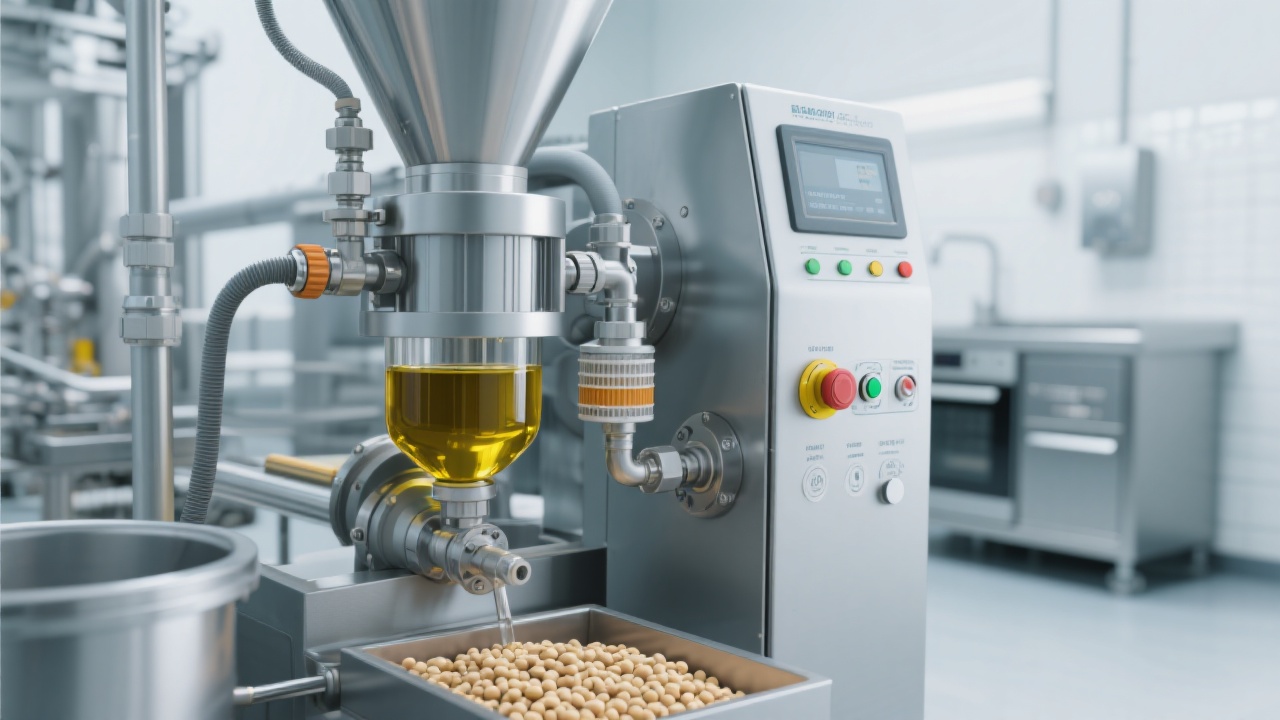
For mid-sized oil extraction plants, the difference between average and exceptional performance often lies not in the press itself—but in how raw materials are prepared before pressing. Proper pre-treatment can boost oil yield by up to 8–12% and significantly improve oil clarity, viscosity, and shelf life. This article breaks down the three critical steps—cleaning, crushing, and steaming—and shows how small adjustments in process parameters make a big impact.
Even minor contaminants like sand, metal fragments, or foreign seeds can cause wear on screw press components or reduce heat transfer efficiency during cooking. For example, one case study from a sesame oil plant in Egypt showed that skipping magnetic separation led to a 7% drop in daily throughput due to frequent machine stoppages.
| Process Step | Recommended Action | Expected Outcome |
|---|---|---|
| Screening | Use 2–3 mm mesh for most oilseeds | Removes dust, stalks, and large debris |
| Magnetic Separation | Install permanent magnets at feed inlet | Prevents iron contamination (critical for food-grade oils) |
The optimal particle size depends heavily on the oilseed type. For sunflower seeds, a crushed diameter of 1.5–2 mm yields the best balance between surface area exposure and flow consistency. In contrast, sesame requires finer grinding—around 0.8–1.2 mm—to ensure even moisture absorption during steaming without clogging the press chamber.
A Brazilian oil mill reported a 9% increase in oil recovery after switching from coarse (3 mm) to fine (1 mm) crushing for flaxseed. This highlights why standard operating procedures must be tailored—not standardized—for each crop.

Temperature and moisture control during steaming directly affect protein denaturation and cell wall breakdown. For sesame, a steaming temperature of 85–90°C with 6–7% moisture content typically results in an oil yield gain of 6–10% compared to under-steamed batches.
Over-steaming (above 95°C) risks protein coagulation, which increases oil residue in cake and reduces nutritional value. One Moroccan producer found that reducing steam time from 30 min to 20 min improved cake quality while maintaining oil output—a win-win for both economics and sustainability.

When troubleshooting issues like high oil content in cake (>10%) or inconsistent feeding, always check your pre-treatment logs first. Many problems stem from inconsistent grain size or improper drying before steaming—not faulty equipment.
Implementing a simple digital logbook (even a shared spreadsheet) helps track changes in yield, temperature, and moisture over time. Over 6 months, many users report identifying patterns that lead to consistent improvements—even without major capital investment.
Explore our latest mid-sized screw press models designed for precise control of temperature, pressure, and throughput — engineered to match your pre-treatment strategy.
See How Our Equipment Supports Precision Pre-Treatment
